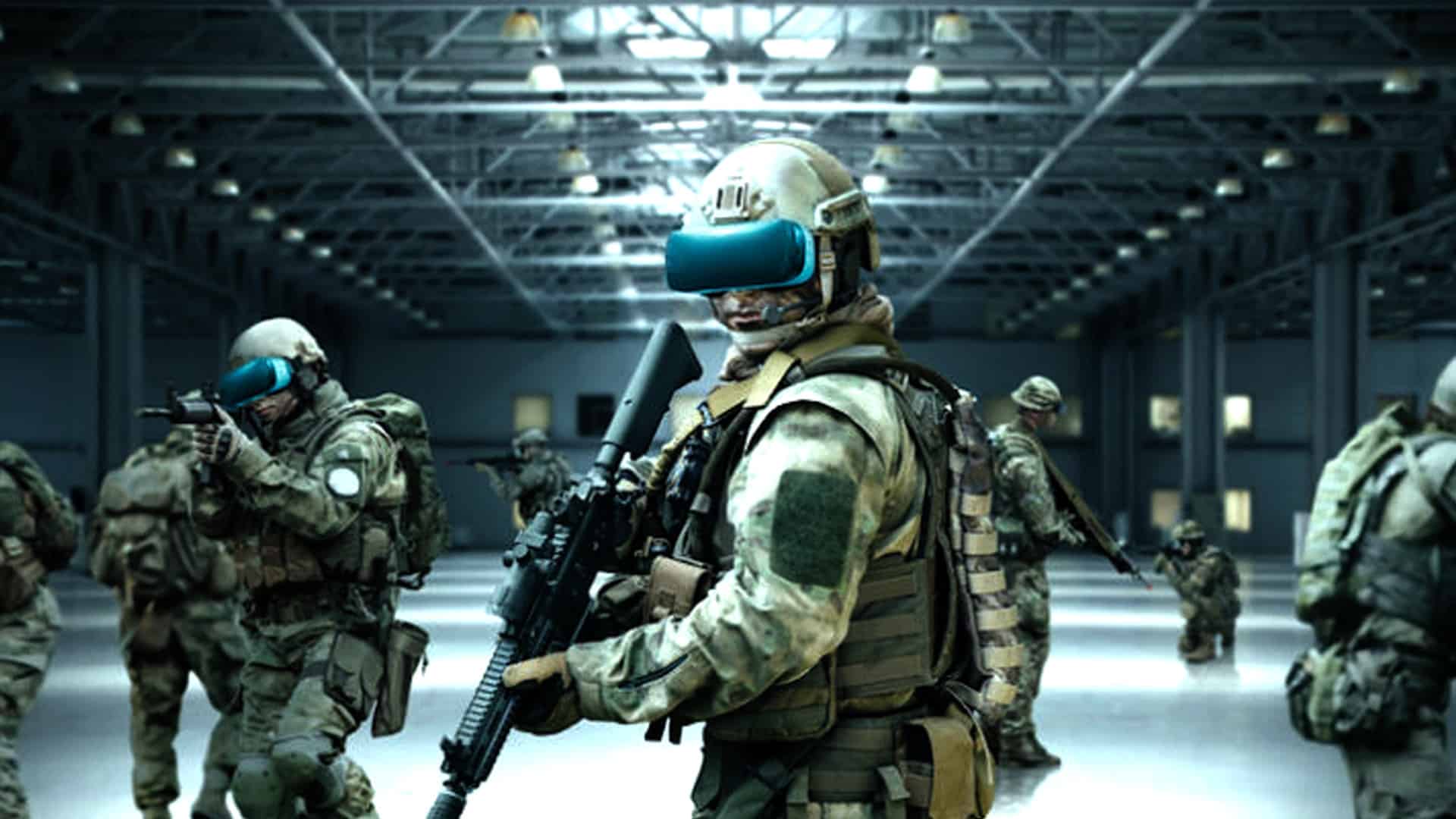Jun 19, 2024
Introduction
The military has always been at the forefront of adopting cutting-edge technologies to enhance training and operational capabilities. Augmented Reality (AR) and Virtual Reality (VR) are the latest technologies being integrated into military training programs, offering unprecedented opportunities to simulate real-world scenarios in a controlled environment. This article explores the various applications of AR and VR in military training, highlighting how these technologies are transforming the way soldiers are prepared for combat and other critical missions.
1. Immersive Combat Simulations
VR enables the creation of highly realistic combat environments, where soldiers can train for various scenarios without the physical and logistical constraints of traditional training methods. These simulations can replicate urban warfare, jungle operations, and desert combat, providing soldiers with experience in different terrains and conditions. The immersive nature of VR allows trainees to practice tactical maneuvers, communication, and decision-making under stress, closely mirroring the pressures of actual combat.
2. Enhanced Tactical Training
AR technology overlays digital information onto the real world, providing soldiers with real-time data and situational awareness during training exercises. For example, during a live training session, AR can display information such as enemy positions, navigation routes, and mission objectives directly in the soldier's field of view. This real-time augmentation helps improve coordination and tactical decision-making, ensuring that soldiers are better prepared for complex missions.
3. Medical Training and Trauma Simulation
Military medics must be proficient in treating injuries on the battlefield. VR can simulate various medical emergencies, from gunshot wounds to blast injuries, allowing medics to practice under realistic conditions. These simulations can be designed to provide immediate feedback on the medic's performance, helping them refine their skills. Additionally, AR can assist medics during actual field operations by providing step-by-step guides and critical information about the patient's condition, enhancing the speed and accuracy of medical interventions.
4. Pilot and Vehicle Operator Training
Training pilots and vehicle operators in the military is costly and resource-intensive. VR provides a cost-effective solution by simulating flight and driving conditions for various military vehicles, including jets, helicopters, tanks, and armored vehicles. These simulators offer realistic controls and environments, allowing trainees to practice maneuvers, emergency procedures, and combat scenarios without the risks associated with live training. AR can also be used in real-time to enhance training by providing additional data overlays, such as optimal flight paths or hazard warnings.
5. Maintenance and Repair Training
AR is revolutionizing the way maintenance and repair tasks are taught in the military. Technicians can use AR headsets to receive real-time guidance and step-by-step instructions superimposed on the equipment they are working on. This hands-free approach ensures that technicians can follow complex procedures accurately and efficiently, reducing the likelihood of errors. AR can also be used to create virtual replicas of machinery, allowing trainees to practice without the need for physical equipment.
6. Mission Planning and Rehearsal
Before executing a mission, soldiers can use VR to rehearse and visualize the operation. VR environments can replicate the mission area based on satellite data and intelligence reports, providing a detailed and accurate representation of the terrain and potential threats. Soldiers can practice their roles, refine their strategies, and identify potential issues before the actual mission, increasing the chances of success and reducing the risks involved.
7. Team Building and Communication Skills
Effective communication and teamwork are crucial in military operations. VR and AR can be used to develop and enhance these skills by simulating scenarios that require coordination and cooperation among team members. These technologies can create scenarios that test the ability of soldiers to communicate under stress, resolve conflicts, and work together towards a common goal. This type of training helps build trust and cohesion within military units, which is essential for effective operations.
Conclusion
The integration of AR and VR into military training is transforming the way soldiers are prepared for the complexities of modern warfare. These technologies offer realistic, immersive, and cost-effective training solutions that enhance combat readiness, tactical proficiency, medical skills, and teamwork. As AR and VR technologies continue to evolve, their applications in military training are expected to expand, providing even more innovative ways to prepare soldiers for the challenges they will face on the battlefield. The future of military training is undoubtedly intertwined with the advancements in AR and VR, promising a new era of highly skilled and adaptable soldiers.





